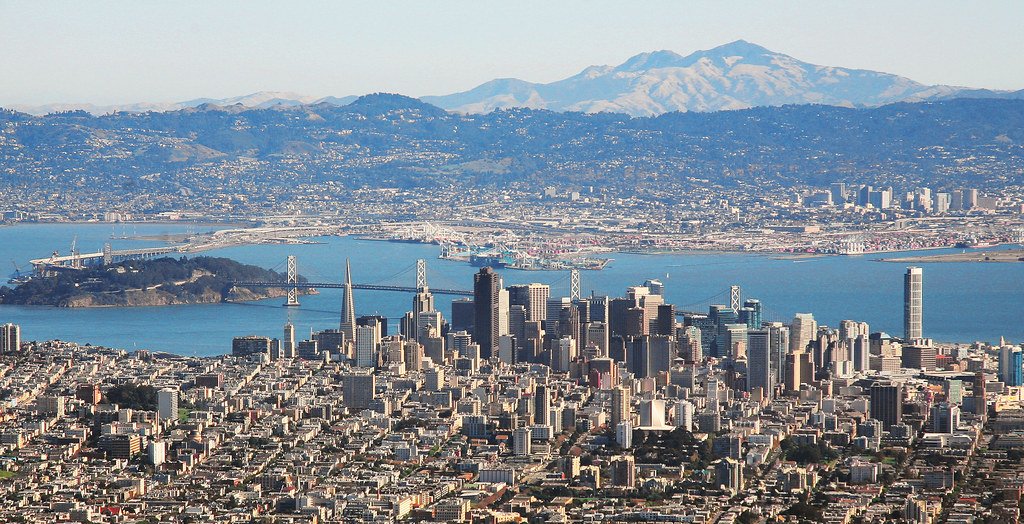 Public transportation serves as the lifeblood of major metropolitan areas, connecting residents to work, leisure, and the vibrant pulse of city life. For those making the cross-country move from the bustling streets of New York to the hills of San Francisco, adapting to the nuances of public transit is an intriguing journey. Let’s delve into the stark contrasts between the iconic systems of these two diverse cities.
Public transportation serves as the lifeblood of major metropolitan areas, connecting residents to work, leisure, and the vibrant pulse of city life. For those making the cross-country move from the bustling streets of New York to the hills of San Francisco, adapting to the nuances of public transit is an intriguing journey. Let’s delve into the stark contrasts between the iconic systems of these two diverse cities.
New York’s Subway Symphony
In the heart of New York City, the subway system reigns supreme. It’s an intricate network, a subterranean symphony that echoes through the city’s veins. With 472 stations and 27 subway lines, NY’s Metropolitan Transportation Authority (MTA) is an expansive marvel, facilitating the daily commutes of millions. The subway is an undeniable force, a rhythmic dance of commuters threading their way through the labyrinthine tunnels beneath the city that never sleeps. When you are moving from New York to San Francisco, you need to adapt to these changes.
San Francisco’s Cable Cars and Buses
Contrastingly, San Francisco boasts a more eclectic transit scene. Iconic cable cars traverse the city’s steep hills, providing not just transportation but a unique experience. Muni buses crisscross the streets, offering an extensive surface-level network. While not as extensive as New York’s subway, SF’s transit system accommodates the city’s distinctive topography and offers stunning views of the Bay Area.
Fares and Payment Systems
As you transition from the MetroCard to the Clipper Card, the difference in fare payment systems becomes apparent. New York’s MetroCard, swiped with finesse at the turnstile, is a symbol of urban efficiency. San Francisco’s Clipper Card, on the other hand, embraces a tap-and-go approach, simplifying entry onto buses, cable cars, and even ferries. The transition may feel like trading in a classic melody for a new-age beat.
The Pace of Travel
New York’s subway operates on a relentless schedule, reflective of the city’s dynamic tempo. Trains arrive every few minutes, ensuring a rapid egress through the city’s five boroughs. Contrastingly, San Francisco’s transit rhythm is a touch more leisurely. Cable cars wind their way through scenic routes, providing a picturesque journey that aligns with the city’s laid-back vibe.
Community Engagement and Environmental Initiatives
SF takes pride in its commitment to sustainability. With initiatives like the CleanPowerSF program and the city’s push towards zero-emission buses, public transit aligns with environmental values. This stands in contrast to NY, where the sheer volume of subway commuters poses distinct challenges for immediate sustainability goals.
Accessibility and Expansion
While the New York subway spans a vast network, accessibility challenges persist, with many stations lacking elevators. San Francisco, in its endeavor to enhance accessibility, has embarked on modernization efforts. Muni buses and the Bay Area Rapid Transit (BART) system prioritize accessibility, striving to create a more inclusive public transit experience. Prepare to adapt to these changes when you undertake a cross-country move from New York.
Final Thoughts
As you trade the familiar subway hum for the distinct clatter of San Francisco’s cable cars, embracing the diversity of public transit becomes an integral part of the cross-country move. When you are moving from New York to San Francisco, the urban symphony of NY’s subway and the scenic rhythms of San Francisco’s cable cars offer contrasting but equally rich experiences. Ultimately, whether navigating the extensive web of New York’s underground or enjoying the open-air charm of SF’s streets, public transit becomes an inseparable part of the journey through these iconic cities.